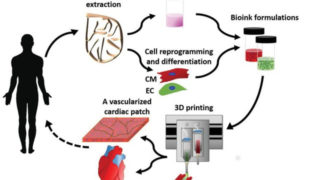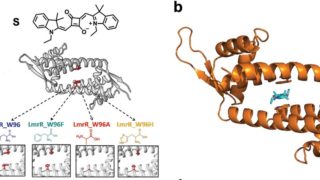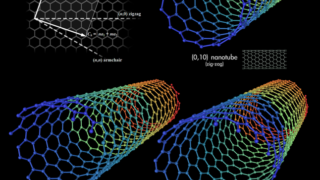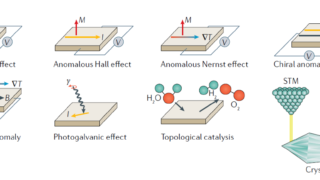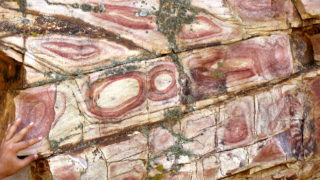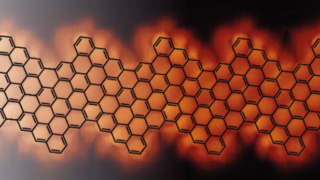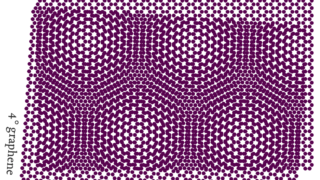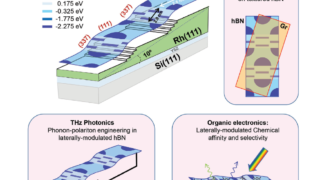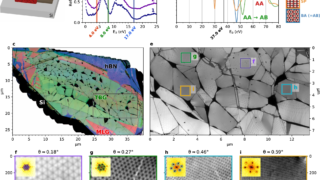
Deformations of moiré patterns in twisted bilayer graphene
Twistology could be the study of unexpected changes or developments in stories or situations, from coups d’état to the fatherhood of Darth Vader. In condensed matter physics there is something similar, although the preferred name is twistronics (from twist and electronics). It is understood as the study of how the angle (the twist) between layers […]
